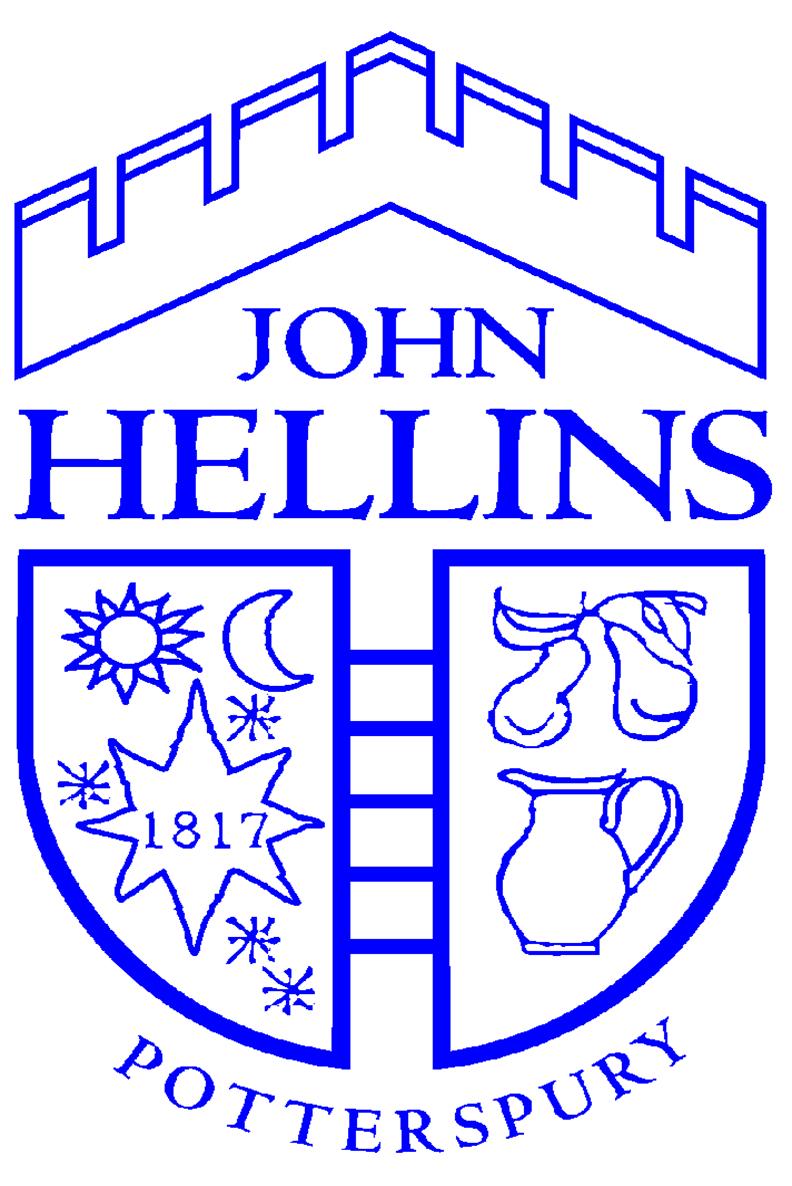John Hellins FRS
The Reverend John Hellins FRS, 1749–1827
On the north wall of St Nicholas Church in Potterspury is a simple white marble plaque to the Reverend John Hellins, vicar of Potterspury from 1790 until his death in 1827. He was born in about 1749 in Devon, and according to some reports was apprenticed to a cooper. Details of his early life are sketchy, but what is certain is that despite his humble beginnings he acquired an education and was fortunate to make some useful contacts.
Clearly a highly intelligent young man, John Hellins was fascinated by mathematics and astronomy and became a school teacher in Devon. A chance introduction to a local mathematician, Malachy Hitchens, changed his life. Hitchens recognised that Hellins had extraordinary talents and in 1793 used his influence to have him appointed to a job at the Royal Observatory in Greenwich, working for Nevil Maskelyne, the Astronomer Royal. He was paid £86 per year, with free board and lodging, a reasonable sum for a young man with no ties, and a remarkable leap in circumstances for an unconnected youth from Devon.
Maskeleyne expected his assistants (and none lasted very long) to make exacting observations and measurements of the stars and other celestial bodies. John Hellins would have spent a great deal of time hunched over astronomical instruments in the cold and dark, peering into a telescope and recording the passage of the planets. He found time to study Latin and Greek, which enabled him to to qualify for holy orders and become a vicar.
By 1783 he had been appointed curate of Green’s Norton, just north of Towcester, and in 1790 he arrived in Potterspury. Throughout this time he had written a number of mathematical papers which had been presented to the Royal Society, then as now, Britain’s foremost scientific institution. In 1796 John Hellins was elected to the Royal Society, a tribute to the importance of his mathematical theories. In 1799 he was awarded the Society’s highest honour, the Copley Medal – later winners include Charles Darwin, Albert Einstein and Stephen Hawking.
Alongside his academic success, John Hellins carried out his work as a country vicar, and perhaps mindful of his own early years, in 1817 he persuaded the local landowner, the 4th Duke of Grafton to donate land and money to construct a school for the village.
The school opened in March 1817 and was attended by about 50 boys – girls were not actually excluded, but none applied as they were apparently all too busy lace-making. The school was initially housed in a single room, but by October a new school building was under construction and in March 1818 Hellins reported that the building was nearly ready to have glass installed in the windows. This building is still at the heart of John Hellins School today.
John Hellins died in 1827, and left the village of Potterspury a lasting legacy. The village school was renamed in his honour in 1990.
(Thanks to Jack Clamp, former headteacher of Potterspury Primary School, who worked to have the school re-named, and is the author of the article, ‘Potterspury’s Clerical Mathematician’, published in Northamptonshire Past & Present, 1992.)
